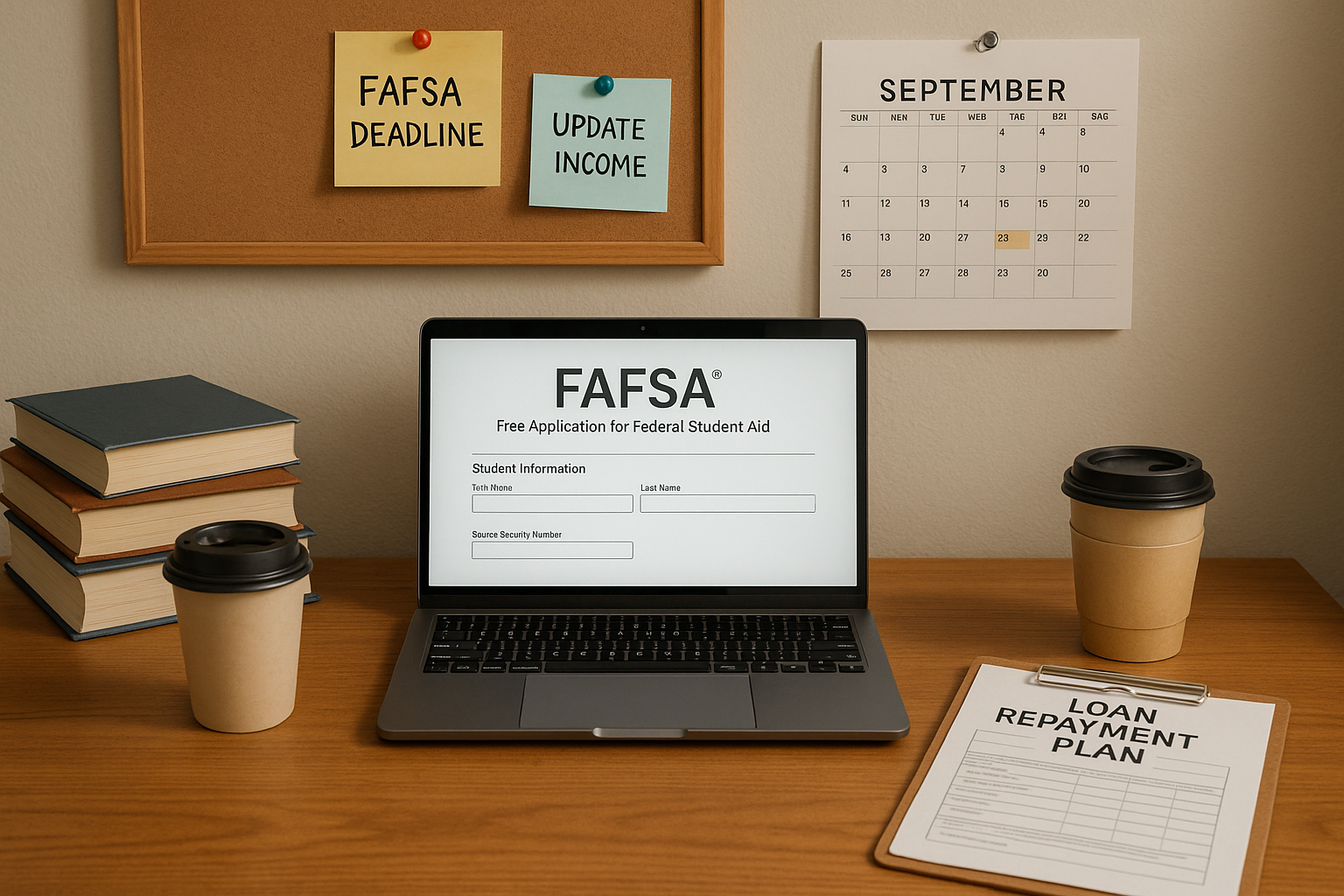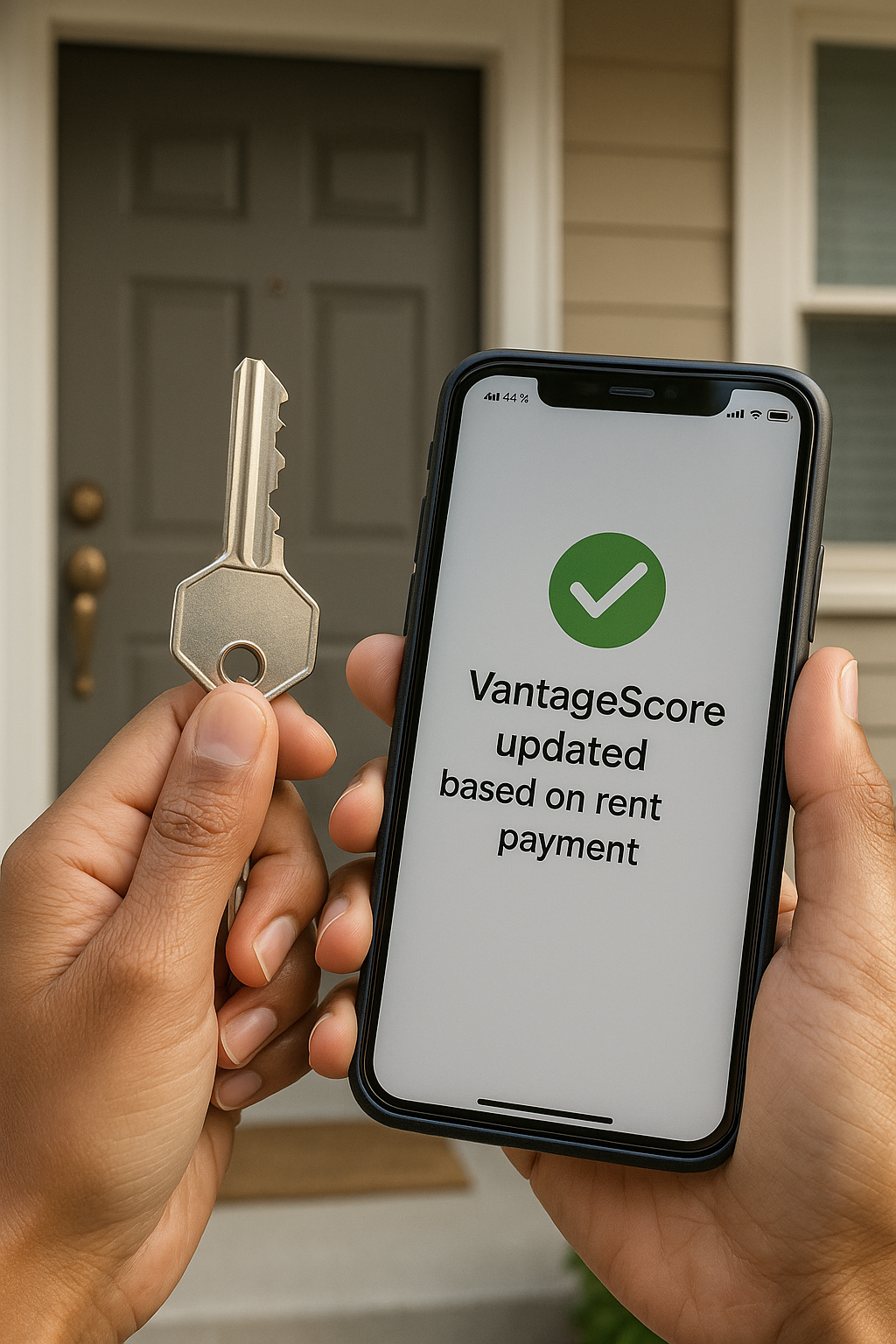
Interest rates are an essential factor in the world of finance, influencing how much you pay for borrowed money. The rate at which you are charged interest can significantly impact your monthly payments and the overall cost of a loan. Understanding how interest rates affect loans can help you make more informed decisions and manage your finances more effectively.
How Interest Rates Affect the Total Cost of a Loan
Interest rates directly impact the total amount you’ll repay over the life of the loan. Here’s how:
- Loan Principal: The higher the principal amount, the more interest you’ll pay, as the interest is calculated as a percentage of the principal.
- Interest Rate: A higher interest rate means more money paid in interest over time, increasing the total cost of the loan. Conversely, a lower interest rate reduces the amount of interest you’ll pay, making the loan more affordable.
- Loan Term: The length of the loan term also affects the total cost. Longer terms typically result in lower monthly payments, but higher total interest paid, while shorter terms mean higher monthly payments but lower total interest.
- Payment Frequency: More frequent payments (e.g., bi-weekly instead of monthly) can reduce the total interest paid by lowering the outstanding principal more quickly.
Impact of Interest Rate Changes
Interest rates can fluctuate due to economic conditions and central bank policies. Here’s how these changes can affect your loan:
- Fixed-Rate Loans: With a fixed-rate loan, the interest rate remains constant throughout the loan term. This provides stability and predictability, as your monthly payments won’t change even if market rates fluctuate. However, if rates drop significantly, you won’t benefit from the lower rates unless you refinance.
- Variable-Rate Loans: Variable-rate loans have interest rates that can change periodically based on market conditions. While these loans might start with lower rates than fixed-rate loans, they carry the risk of increasing rates, which can lead to higher monthly payments and total interest costs over time.
Strategies for Managing Loan Costs
To manage the cost of your loans effectively, consider the following strategies:
- Shop Around: Compare loan offers from different lenders to find the best interest rates and terms.
- Improve Your Credit Score: A higher credit score can qualify you for lower interest rates, reducing the cost of your loans.
- Consider Loan Types: Understand the differences between fixed and variable rates and choose the one that aligns with your financial situation and risk tolerance.
- Pay More Than the Minimum: Paying more than the minimum monthly payment can reduce the principal faster, decreasing the total interest paid.
Conclusion
Interest rates have a significant impact on the total cost of loans and your ability to manage debt. Staying informed and continually learning about finance will help you organize a prosperous financial life over time. Be sure to stay tuned for future publications that will further support your financial journey.






